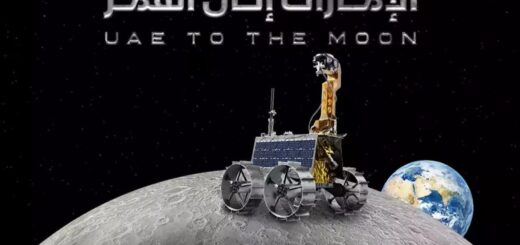Moon 101 | National Geographic
– [Narrator] Over 150 moons orbit the solar system’s planets. And one of those moons calls Earth home. The moon was formed about 4.5 billion years ago when, according to one theory, the Earth slammed into another early planet. Debris from this collision began to orbit Earth, and accumulated, forming today’s moon. The moon is the fifth largest natural satellite in the solar system, with a diameter just under the width of China. It’s composed of an iron rich core, plus a mantle and crust containing minerals made of magnesium, oxygen and silicon. The moon’s surface was once geologically active and covered in an ocean of magma. But today, apart from traces of water ice, the surface is completely covered in dust and rocky debris. Countless craters dot the moon’s surface. Each formed by objects such as meteroids, comets and asteroids crashing onto the moon. The largest crater, the South Pole Aitkin basin, spans across a quarter of the moon’s surface, and is nearly deep enough to fit Mount Everest inside. The moon orbits our planet at an average distance of 30 Earths. It rotates at the same rate that it revolves. So as it revolves around our planet, the same side of the moon faces the Earth at all times. From the Earth’s surface, we can observe eight distinct traditionally recognized stages of the moon’s illumination, called lunar phases. They have been observed for thousands of years, and even provided the basis for the earliest calendars. For most of human history, the moon could only be studied from afar. But on July 20th, 1969, humans were able to close that distance with the American spaceflight mission Apollo 11. It placed humans on the moon for the very first time. Bringing our understanding of Earth’s only natural satellite one step closer.













